At some point, you might wonder why a given project doesn’t turn out the way you expected it to be. Usually, this is a common problem experienced by inexperienced marketers and designers. Well, if you have experienced such, it’s probably because you didn’t define the project objectives, expectations, and deliverables earlier on stage. Therefore, to avoid such scenarios, you must implement a detailed project brief template before commencing the actual project.
In simple terms,
A project brief is a document that highlights all the project ideas. It contains the essential requirements of the project, including the goals, scope, and constraints.
Also, it describes what is required and the time frame needed for the project to achieve its goals. If handled with the utmost care and significant consideration, a good template for a project brief should be able to address various parameters such as who, why, what, and when of your projects.
Free Templates
Word format
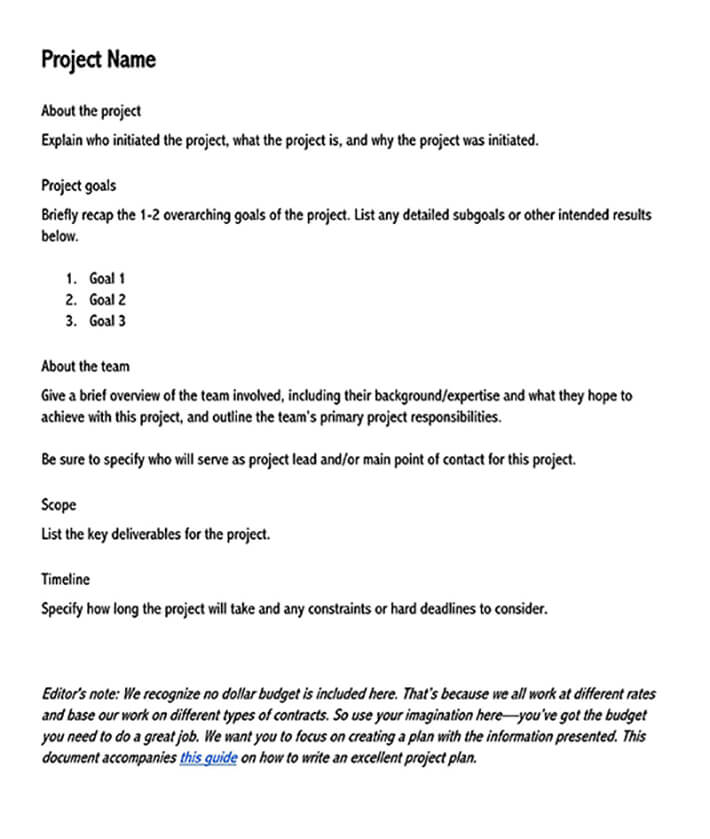
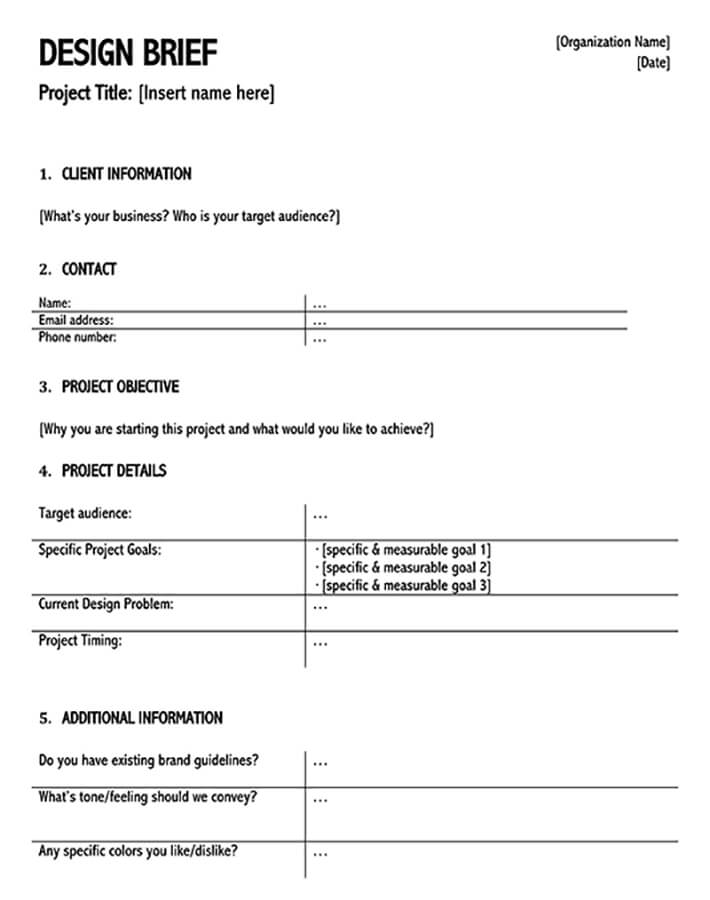
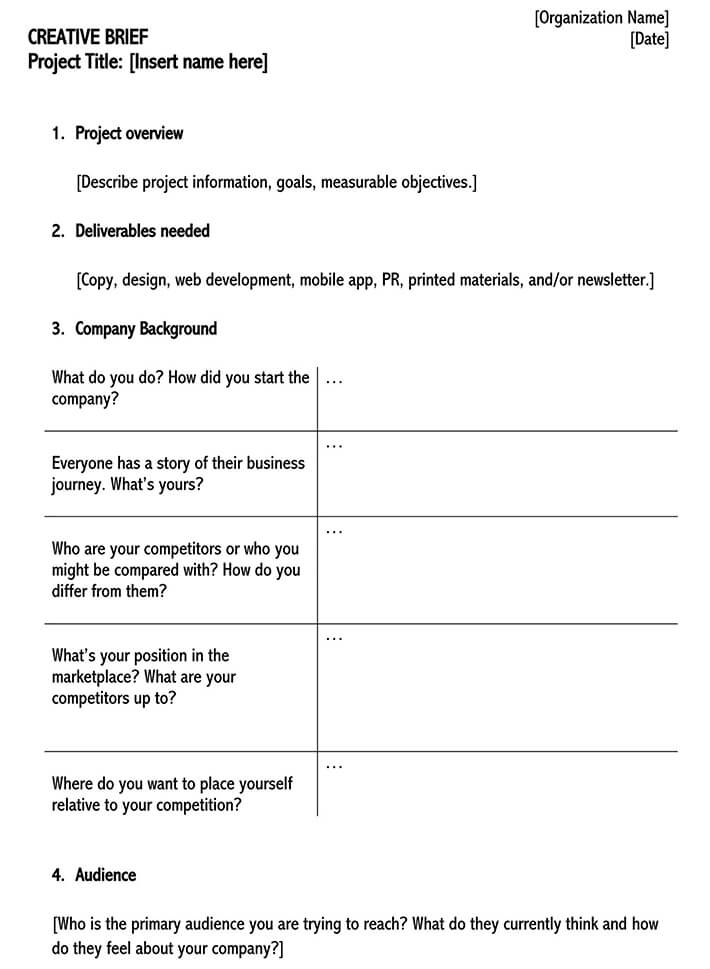
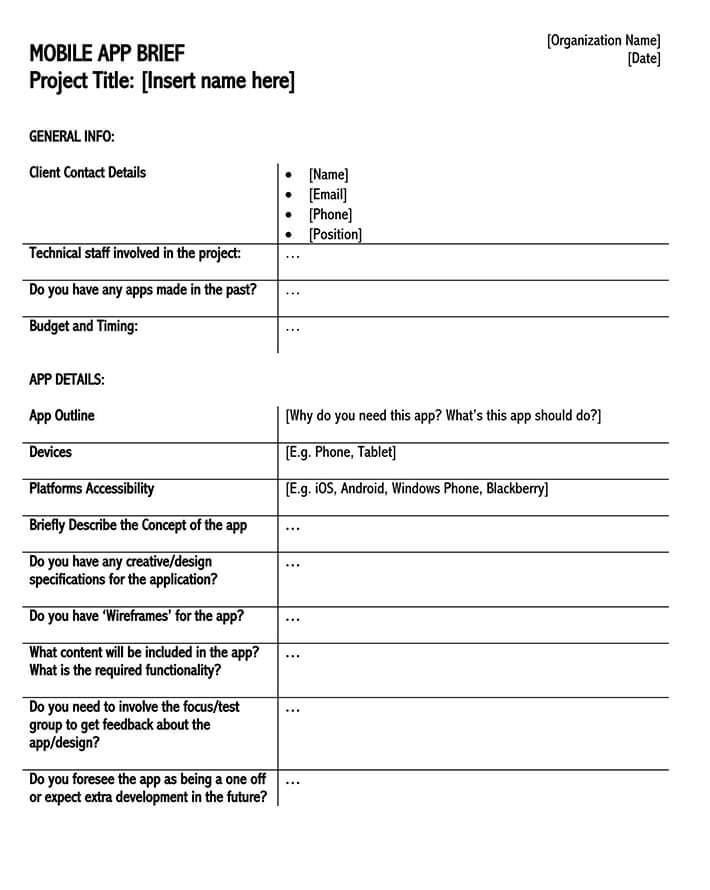
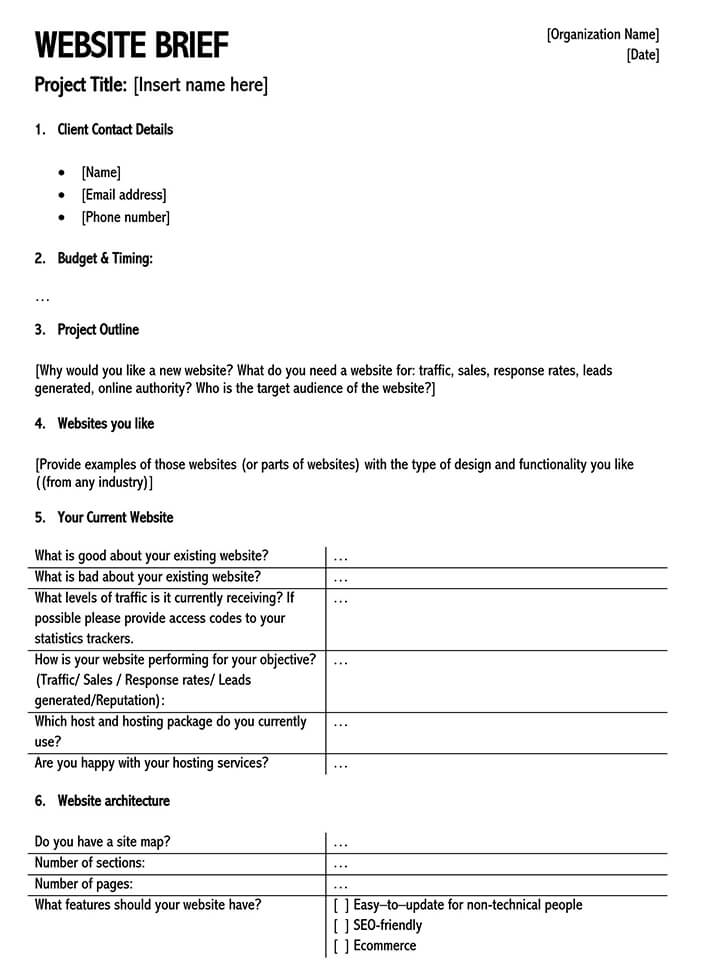
PDF format
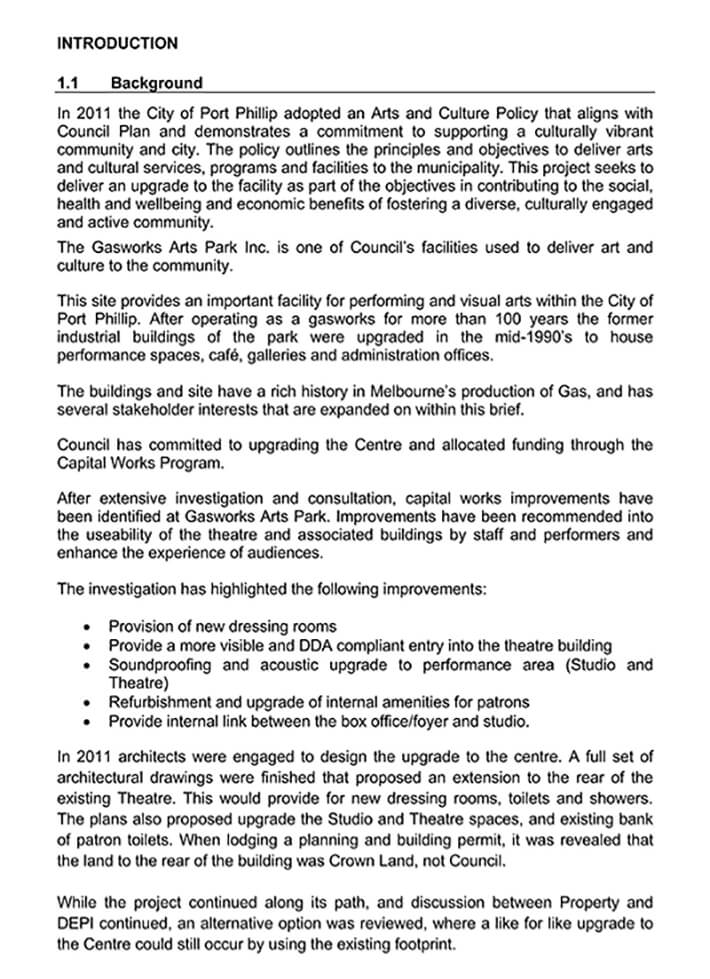
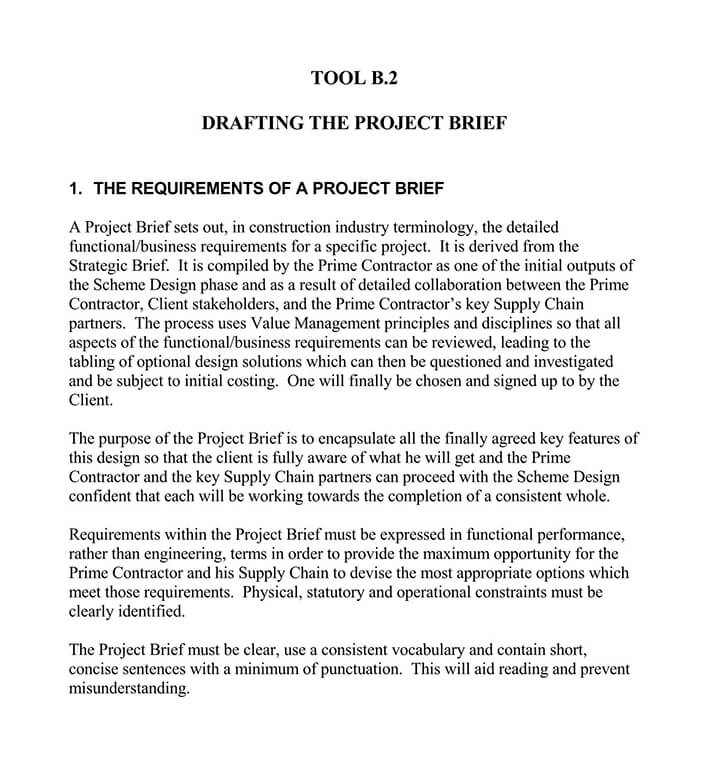
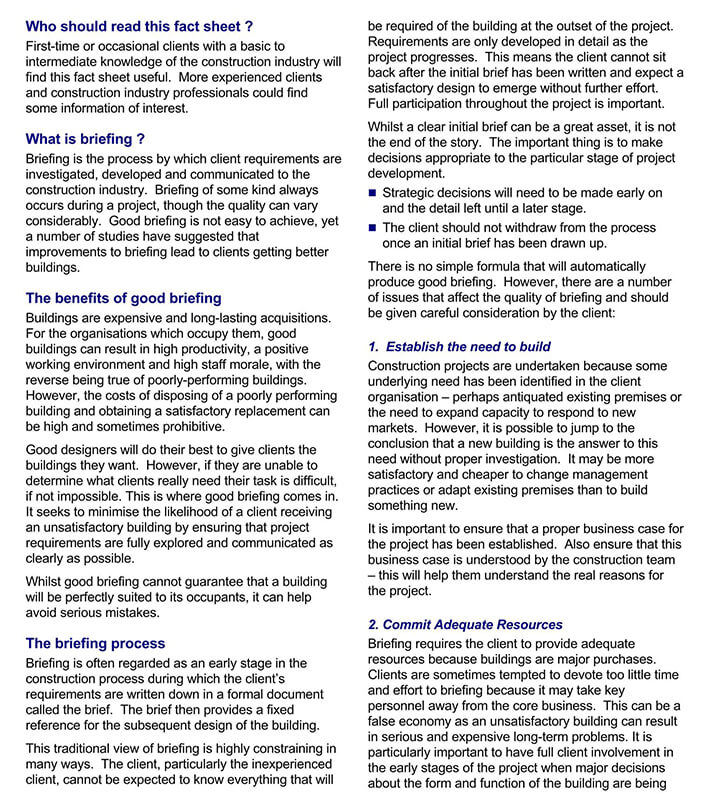
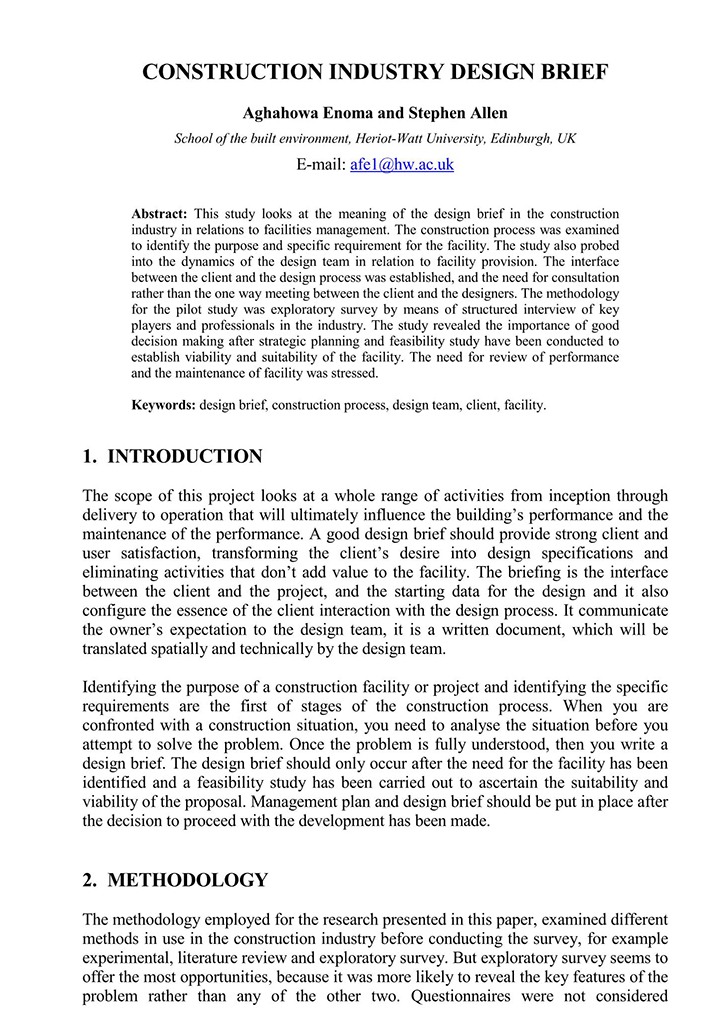
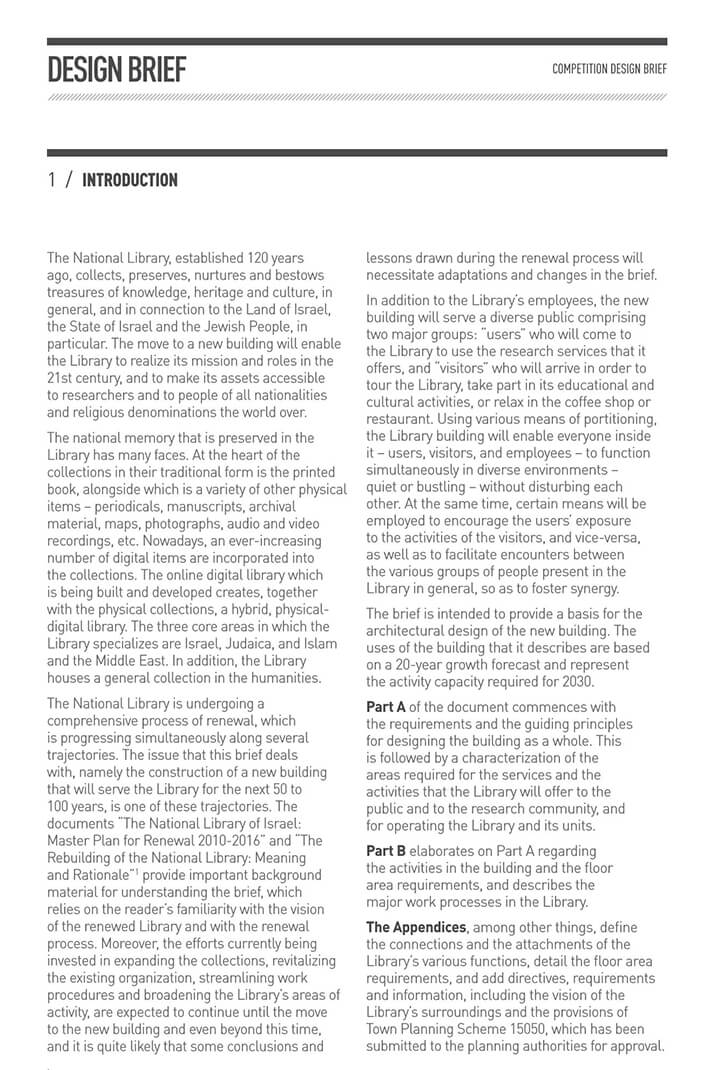
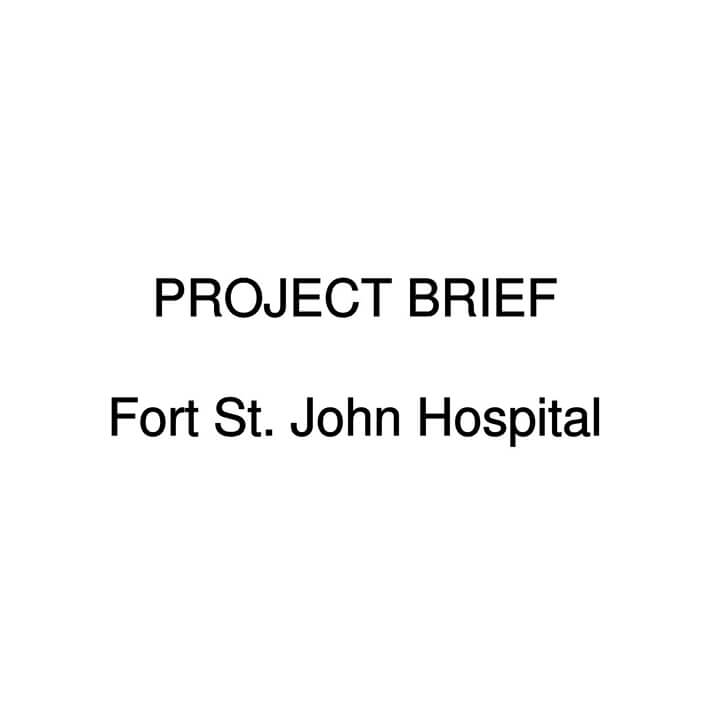
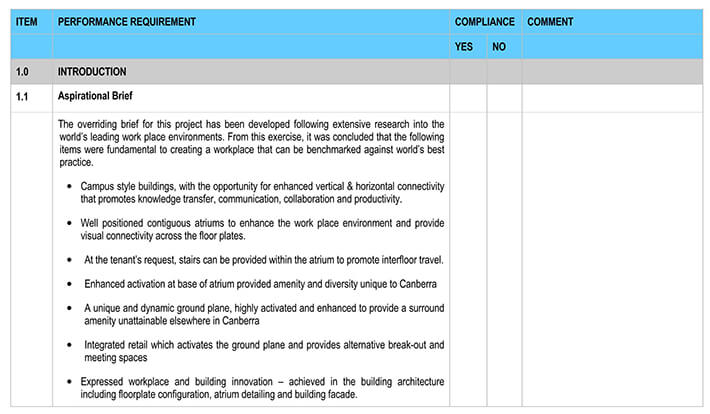
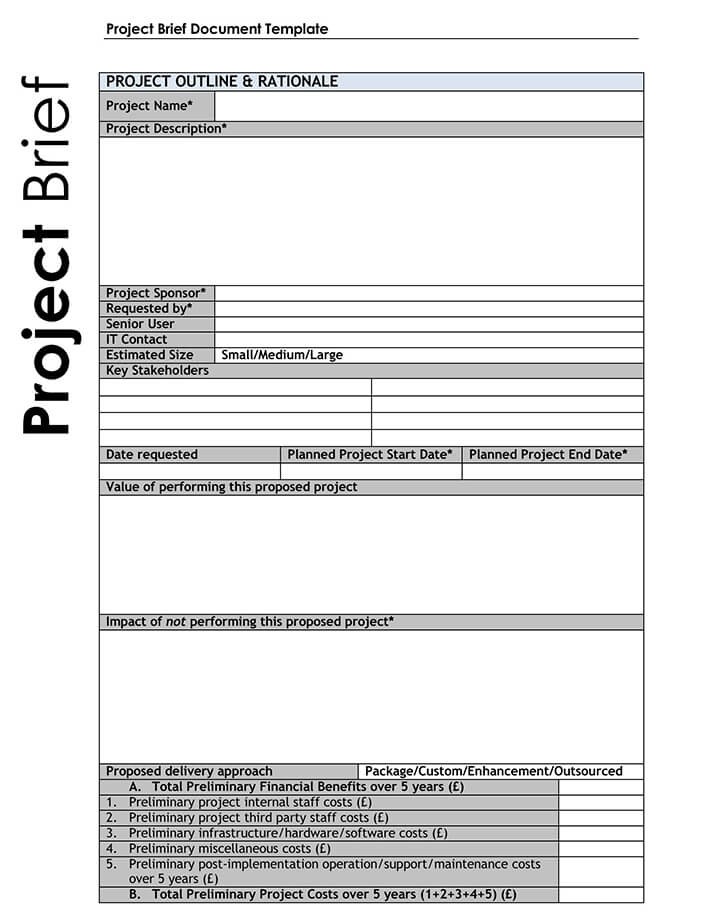
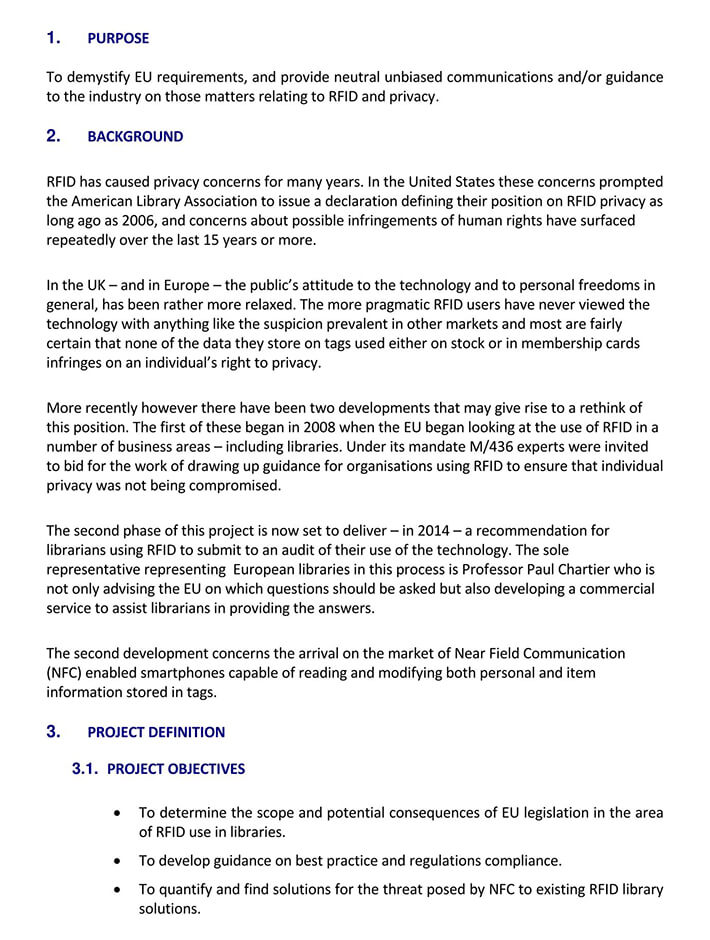
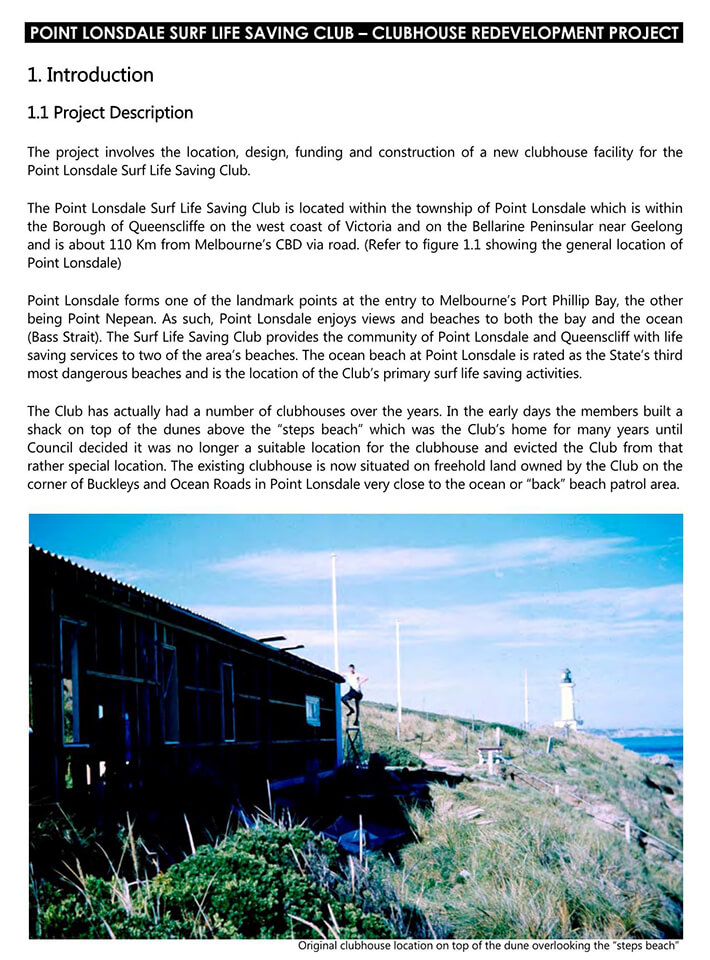
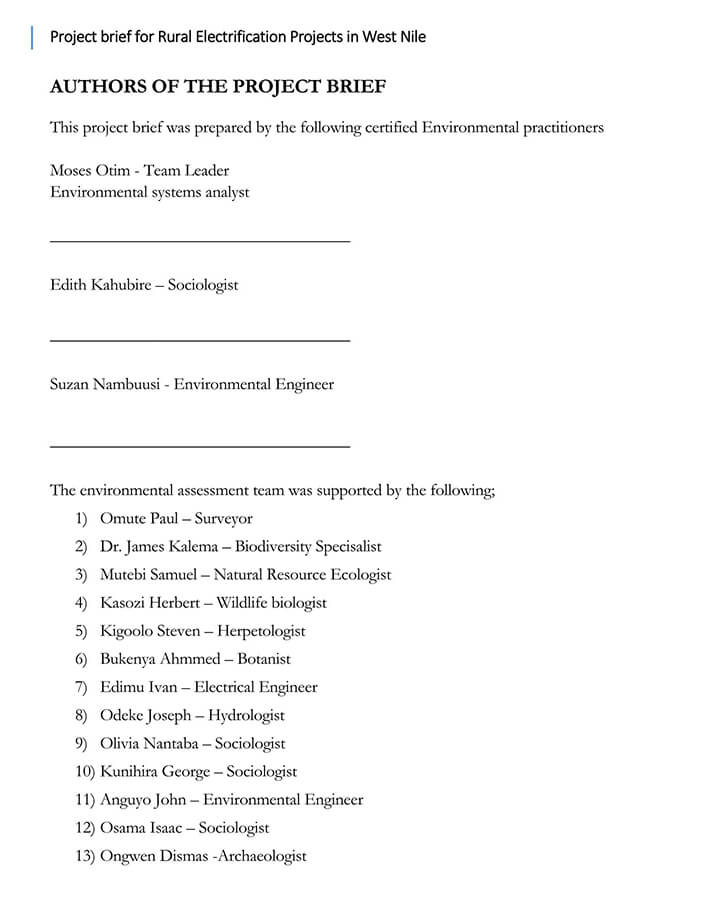
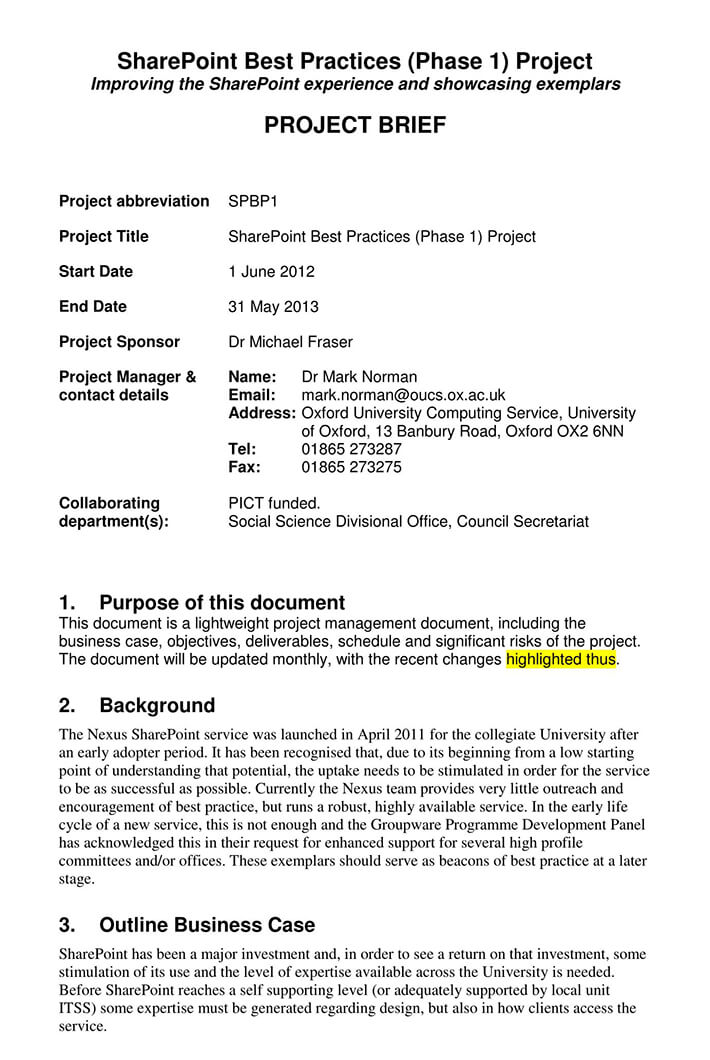
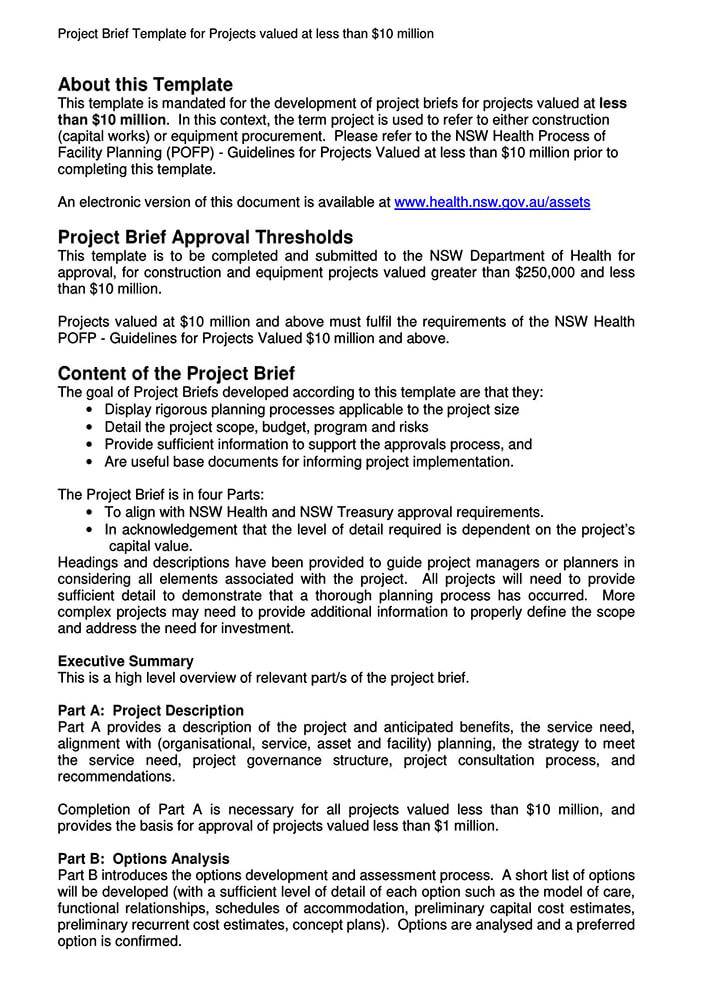
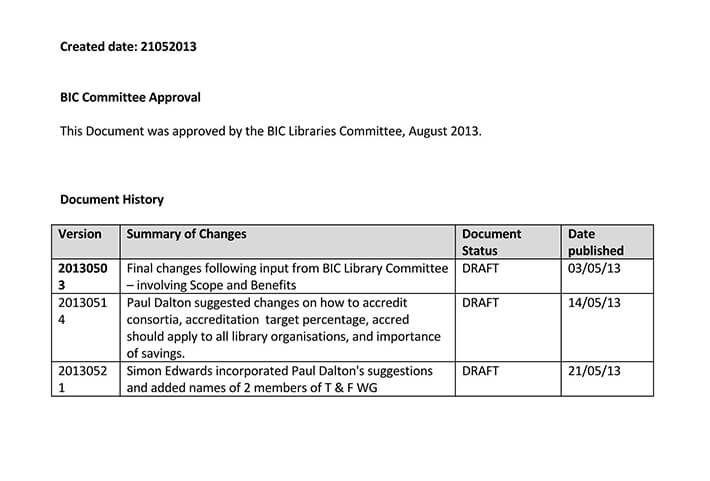
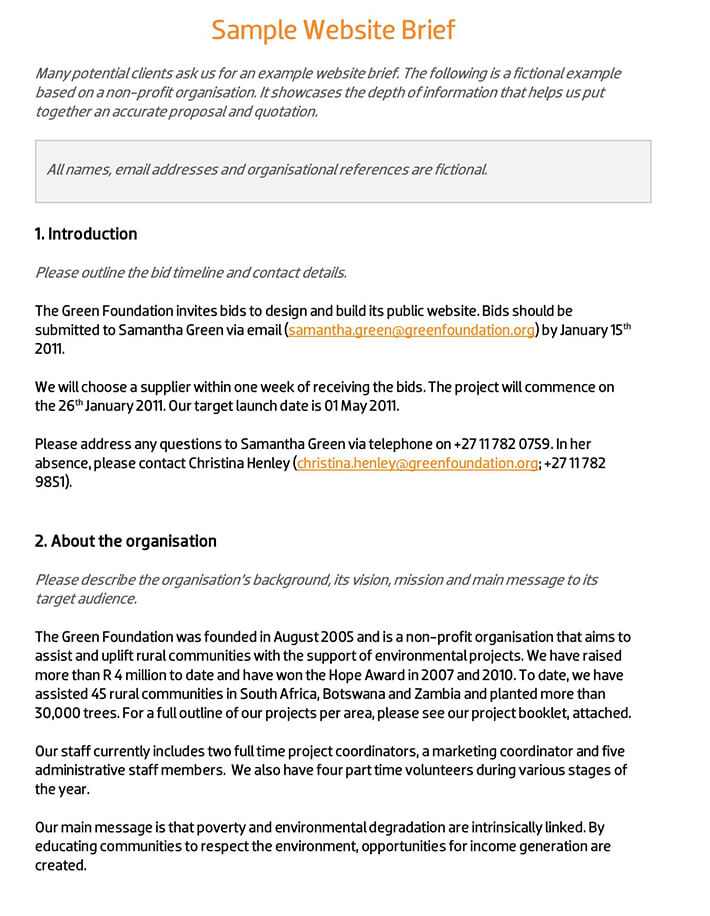
How Important is a Project Brief to Your Project?
If you have ever planned a road trip, you’ll understand the importance of having a map. Just like the way a map guides you towards your destination, a project brief similarly guides your project towards its successful completion.
Therefore, writing this ensures your project goes as required. It helps make informed decisions, proper management, and scope execution. Therefore, before proceeding with your project, always think of the following benefits:
Contributes to the effective project outcome
A project brief makes you in a better position to understand the logistics needed in your project. This makes you know which supplies are best for your project. Also, you’ll always know what problems can occur and how to address them best.
Lastly, you’ll always guide the implementation of the project towards the defined goals and objectives. Eventually, the project will have a successful and productive outcome.
Saves time and money
As mentioned earlier, the project brief template makes you understand what it takes to make your project successful. With such a knowledge background, you’ll always give a precise estimate of supplies. Therefore, your suppliers will always get it right from the word go. As a result, cases of project delays and inflated costs will be reduced significantly.
Makes management of costs easier
Once you’ve identified what you want for your project, you’ll always work harmoniously with your project suppliers. At the same time, your supplier/project implementer won’t have to spend much on researching your business, your competitors, and your target audience. Working on an agreed project brief, therefore, the template makes the project management more comfortable and more efficient.
Step by Step Guide to Write a Project Brief
The length of your project brief template can vary with the type, scope, or scale of your project. The more elaborate your plan is, the longer the project brief will be. However, you should always ensure your brief flows naturally as per your project requirements.
If you are wondering where to start with your project brief, here is a step-by-step guide that will help you through:
Identify your company profile
Before going into any detail, you should be able to explain who the project is being created for and for what purpose. Once you’ve identified your intended clients, you’ll make it easy for your project managers to understand the client and the brand more easily. Also, be sure to mention what your projects focus on and the main features being delivered.
Describe what your project is all about
Here, you need to provide an overview of what your project entails. Mention whether your project is creating new products/services or redesigning things that already existed. Also, mention which stakeholder will be responsible for the project implementation. Lastly, identify some critical details as well as the requirements needed in the project implementation in the template. Remember, meeting the requirements of the project plays a crucial role in the overall completion of any given project.
Define your objectives
Usually, setting well-defined objectives can be easier said than done. However, if you want to set better goals, always use the SMART principle, i.e., your goals should be Specific (mention the 5Ws, i.e., who, why, when, what, and where), Measurable (include some figures or metrics), Achievable, Realistic and Timely.
Identify your target audience
To achieve your project goals, you need to create a personalised project. Ensure your project creates things that meet the demands of your target audience. Therefore, take some time and learn your target audience. Ask them about their likes and preferences. This will provide you with an essential insight on how to meet their needs.
Plan your schedules and budget
Once you’ve identified your audience, you must work on your time frame as well. Every project implementation requires proper budgeting and scheduling. Prior budgeting and scheduling help avoid the last-minute rush, which would otherwise affect the overall project outcome. Therefore, note down what is expected and at what date in the project brief template. Also, calculate the total project budget that will be needed to complete the project successfully.
Determine the project scope
For your project to achieve its ambition, it needs a well-defined scope. Range helps outline the project’s deliverables, features, tasks, budget, and deadlines. Also, it helps you to stay relevant in your project execution. Defining your project scopes is an essential step for internal planning and helps in reaching a clear understanding among different stakeholders.
Measure your success
This is the final step of making your project brief here; you need to evaluate whether the effort, resources, and time put into the project will pay off. If not, you will determine what needs to be done to make the project successful.
What to Include in a Project Brief Template?
- Background overview
- Project objectives, ambition, and goals
- Challenges likely to be faced
- Target audience
- Description of competition
- Time schedules
- Contact information
Conclusion
The success of a project, regardless of its size, majorly depends on prior planning. Proper planning helps in proper project execution as it enlightens every stakeholder of what is required at a specific time. One thing that makes project planning effective is a project brief. A project brief helps outline all the milestones, and everything needed to complete a project successfully. Therefore, if you are planning to do a project, don’t forget to draft a project brief.







